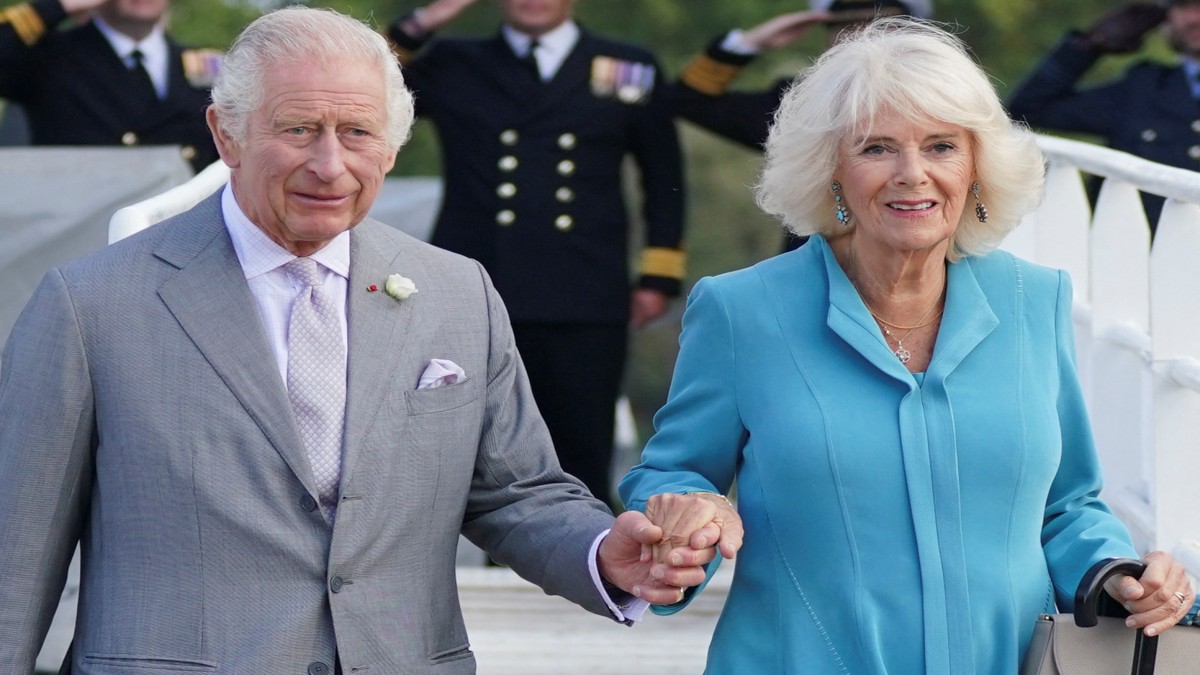The Royal family of the United Kingdom performs hundreds of duties annually.
This covers a large number of regularly scheduled flights and trains as well.
Trips with private aircraft or helicopters, however, can occasionally come at an excessive expense.
Let’s take a look.
Helicopters replacement
The two new helicopters that the royal family will receive will replace the ones they have been using for the previous fifteen years.
According to reports, the royal family has pledged to switch the State Bentleys to biofuels.
King Charles and the royal family can fulfil their obligations thanks largely to the two new AgustaWestland AW139s.
According to officials, these will replace the current Sikorsky helicopters and allow access to isolated areas of the United Kingdom.
The goal will be to maximise usage and “sweat the assets” due to the high cost of replacement.
The royal chopper journeys
The royal family’s helicopter travel expenses topped £1 million (~Rs 10.78 crore) in the previous year.
Official records show that between April 2023 and the end of March 2024, the royal family made 170 helicopter trips, spending a total of £1,096,300.
Last year, the overall cost of travel increased from £3.9 million (~Rs 42.04 crore) to £4.2 million (~Rs 45.28 crore).
The Sovereign Grant, a sum of public funds given annually to the monarchy by the British Government, is used to meet costs.
Impact Shorts
More ShortsAides have justified the heavy helicopter use, which has come under fire for its effects on the environment, arguing that it allows royals more flexibility and convenient access to far-flung locations, not to mention more engagements per day.
Additionally, they say the royal family is using more and more sustainable aviation fuel. At RAF Odiham, a temporary Sustainable Aviation Fuel (Saf) tank has also been erected, and a permanent one is scheduled to be installed in 2025–2026, according to Standard.co.uk.
The reports show that Charles and Queen Camilla’s October charter flight to Kenya, along with an associated staff planning visit via regular flights, amounted to a total of £166,557 in travel expenses.
The three-day state visit by the king and queen to France, which included visits to Bordeaux and Paris, was arranged at £117,942 and used a charter flight.
The royals have shelled out hefty sums for private jet travel to watch sports.
William and Kate, for example, paid £31,000 for their private jet flight to Marseille, France, to see a Rugby World Cup quarterfinal.
The ever-expensive train trips
Certainly, the most costly mode of transportation was still the royal train.
Charles spent £53,013 on a two-day visit to North Yorkshire, where he attended events such as the centenary of the Flying Scotsman, an express train service that runs between Edinburgh and London.
The 500-mile journey from Windsor, Berkshire, to Scarborough, North Yorkshire, and back to London was far more than a private jet chartered to fly Prince William from England to Kuwait following the death of Emir Sheikh Nawaf al-Ahmad al-Sabah on December 18.
The Sovereign Grant Report’s financial records show that the 2,885-mile journey cost £41,500.
The backers claim that by offering safe overnight lodging, the train reduces security expenses.
Charles used it just once last year, so there are plans to reassess how it is used.
A review will be carried out once a more consistent pattern of use appears, though, as last year was not seen as “normal,” in part due to the king’s health.
Sustainability efforts
Additional green initiatives include the installation of solar panels at Windsor Castle and the conversion of the king’s state Bentleys to biofuel within the next year, intending to move to an electric vehicle fleet.
In the upcoming years, the palace plans to add more solar panels and investigate installing air-source heat pumps across the residential complex.
The palace’s gas lights, which were turned off to save money during the most recent energy crisis, are being reused with specially made electrical fixtures to increase their energy efficiency and maintain their vintage appearance and light.
The rise in annual public funding
The British Royal Family is getting ready for an uptick in public financing in the coming years thanks to increased profits from offshore wind farm.
This will increase its yearly financing in the tax year 2025–2026 from around £86 million to £132 million.
The government grant of the monarchy is determined by a fixed percentage of the earnings from The Crown Estate, an empire of publicly held land that includes a significant portion of the seabed off the coast of the UK.
This indicates that after a lifetime of supporting environmental causes, it has been able to make a significant profit from developing offshore wind farms, giving the king a financial boost from renewable energy.
Buckingham Palace has been refurbished for ten years, costing £369 million. Palace authorities have stated that this large increase will help to finish the project on time and under budget.
A Palace official stated that the financial hike will be subject to a legislative review in 2026–2027 to guarantee that the support given to the Royal family stays at a “more appropriate” level.
With inputs from agencies


)

)
)
)
)
)
)
)
)



